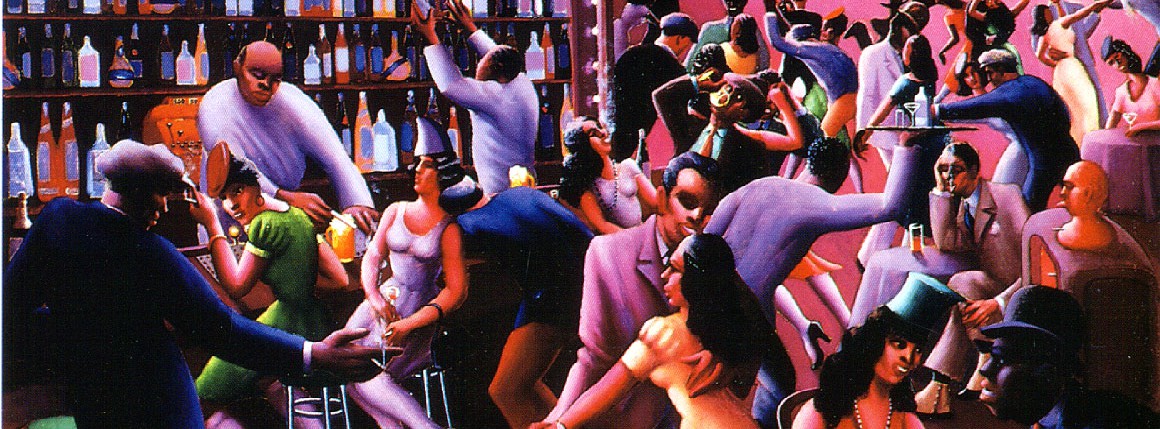The Cakewalk is uniquely American dance, originating from mimicking whites and Native Americans. It was pre Civil War dance performed by slaves on southern plantations. It was previously called the “Chalk Line Walk” because African Americans would copy the Native’s walk. The plantation and slave owners found this style of dancing entertaining, and held a competition for the slaves. The dance was then called the “prize-walk” because the slaves competed for a prize. This prize was cake, hence the name “Cakewalk”.
The cakewalk is a partnered dance. Couples stand in a square formation and, in the words of Richard Kislan, dance around the ballroom “as if in mimicry of the white man’s attitudes and manners”. The steps includes a high leg prance with a backwards tilt of the other parts of body.
During the Harlem Renaissance, the cakewalk led to a new form of music called ragtime to accompany the dance. As the dance became more popular, blacks and whites danced and performed the cakewalk. Blacks soon revived the cakewalk competitions also.
